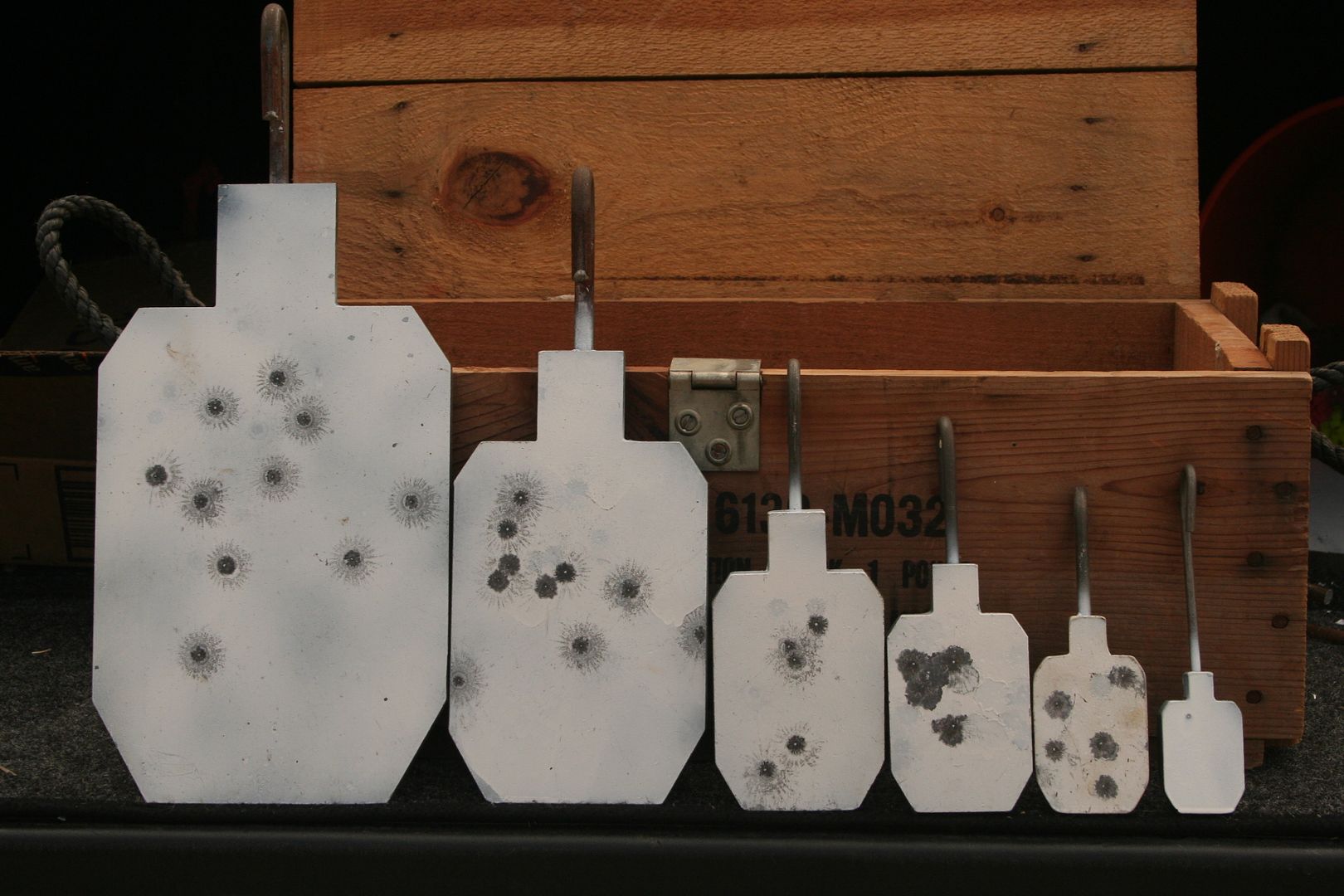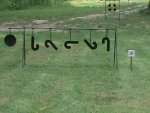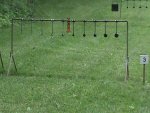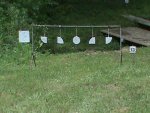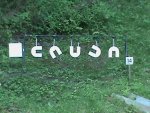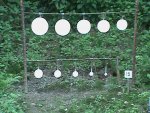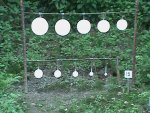The more I shoot out at ELR distances for the 22 the more I realize that the vertical dispersion on the rounds, which you have zero control over, make the best 'true' target sizes something like 1MOA wide (hard) or 2MOA wide, yet 4-6 inches tall, or even taller at 300+.
Reasoning behind this is that the vertical spread you will see from the rounds begins to be more of the bullet's doing as opposed to you not holding the same POA each time. If you still make the target skinny horizontally, you are still being tested against your wind call; however the skinny and longer target make it so that when you start getting those 50fps velocity spreads between rounds, you're not missing the target which had the round performed as the others, you would have hit.
So I'm leaning more towards targets that are like the vertical gopher target mentioned above. If you want to see where you're missing, obviously something larger, or put a cardboard box behind your target.

